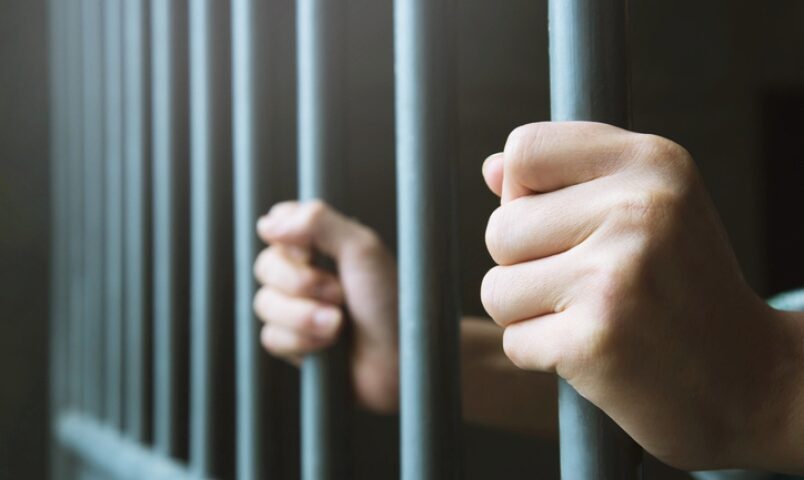The recidivism rate tracked by the Michigan Department of Corrections reached its second-lowest level since the department began tracking the data, officials announced Tuesday.
The corrections department cited data on the three-year recidivism rate of the 2020 release group. That rate was 22.7%, up by 0.6% from last year, but down by 0.9% compared to 2018 and 4% compared to 2016.
Department of Corrections data showed 6,135 out of 7,939 people who paroled from prison that year went three years without winding up back in prison. Macomb, Oakland, and Wayne, Livingston counties all had success rates of over 80%. Monroe, Ottawa, Muskegon, and Kent counties had rates above 70%, according to the department..
Kyle Kaminsky, a spokesperson for the department, said that its approach to rehabilitation is showing progress. “It’s been a team effort from throughout the MDOC,” he said. “Operating safe facilities, ensuring that there’s access to quality programming and educational opportunities, ensuring that there is proper planning for release and reentry, as well as making sure that there’s actual reentry support in communities around the state and effective supervision by our parole agents.”
The corrections department, in a statement, said that “evidence-based correctional practices” and “effective community-based supports” contribute to positive outcomes.
“Things like cognitive behavioral therapy, violence prevention, programming, substance use disorder programming and support,” said Kaminsky. He said said the department’s community efforts include housing assistance and help with transportation, healthcare, and employment.
“The goal is really to move folks to a situation in which they’re achieving stability through things like stable housing, stable employment, making sure that they’re accessing both health and behavioral health care in the community,” Kaminsky said.
Still, challenges persist for those looking to better themselves out of prison, he said, including lack of housing, transportation, and access to official documents necessary for employment.
“It’s often assumed that folks are just going to be, kind of, stepping back into a good situation. The reality is that many of them were not in a particularly good situation prior to coming to prison,” Kaminsky said.
Kaminsky said the corrections department works with other government branches like the Michigan Secretary of State to help with vital documents. He also said education programs and continued investments in facilities would be important.
Kenneth Nixon, the director of community outreach and partnerships at Safe and Just Michigan, an advocacy group for criminal justice reform, said the corrections department has room to improve but has made progress in helping with housing for people leaving prisons. “Having access to quality housing could be the difference between whether or not someone recidivates and goes back to prison,” Nixon said.
But beginning the rehabilitation process earlier could lead to better outcomes, Nixon said. “I think the balance with public safety and incarceration is about resources. Rehabilitation, once you are incarcerated, should be a part of the prison system” he said.
“Rehabilitation should begin the moment you walk in and you have opportunities to learn and change your behavior. Force-feeding information, to help a person not recidivate, in the last couple of years of their incarceration is not always a good thing. … Rehabilitation should begin the moment you walk into the prison system,” said Nixon.



